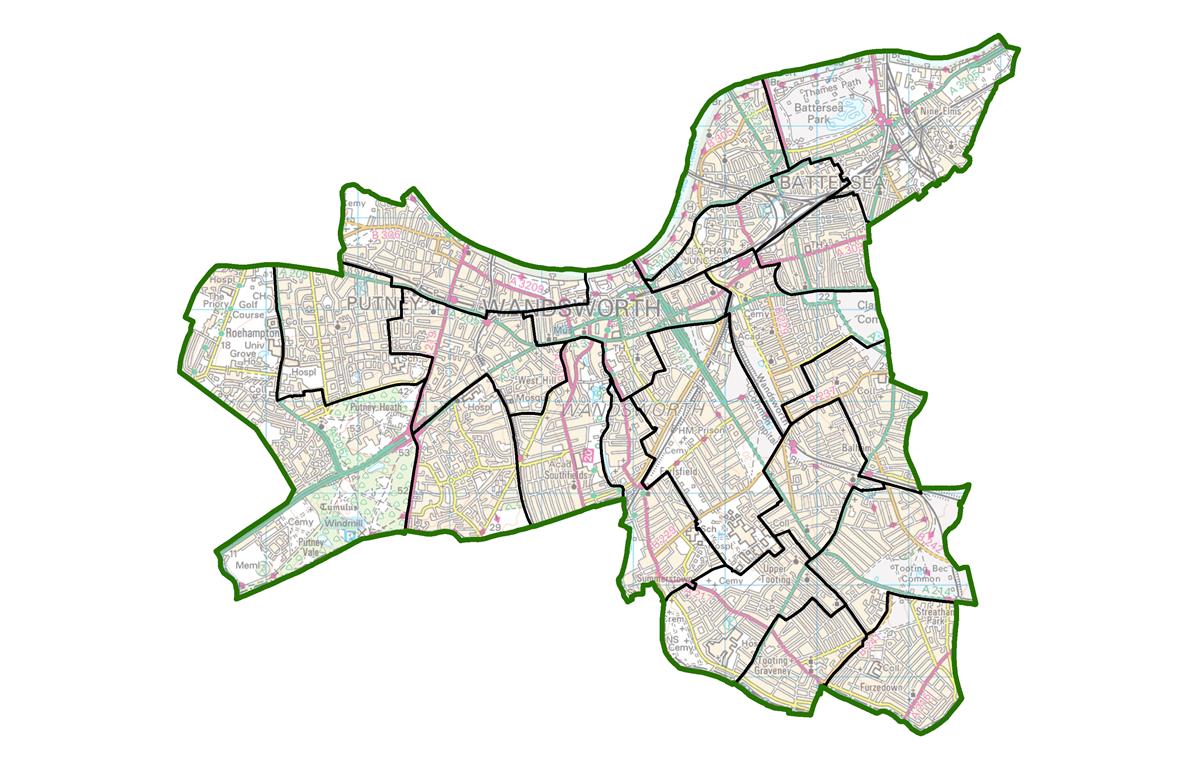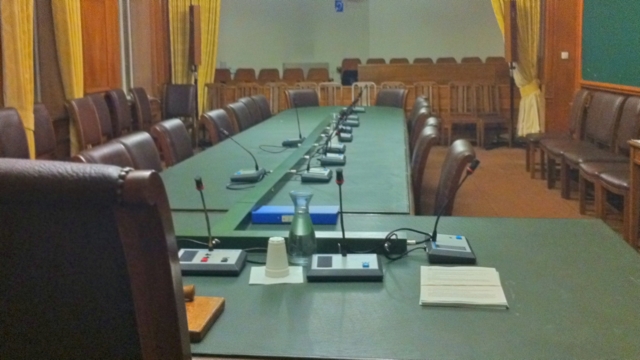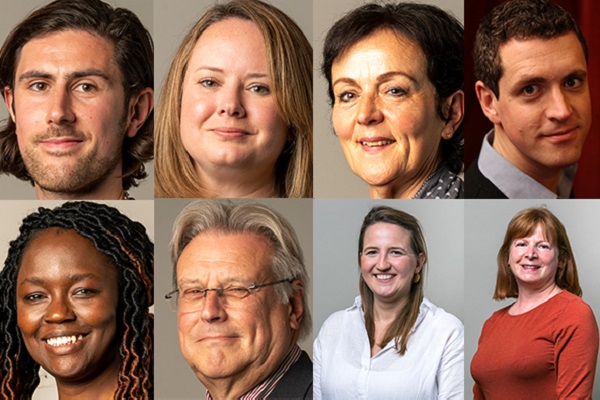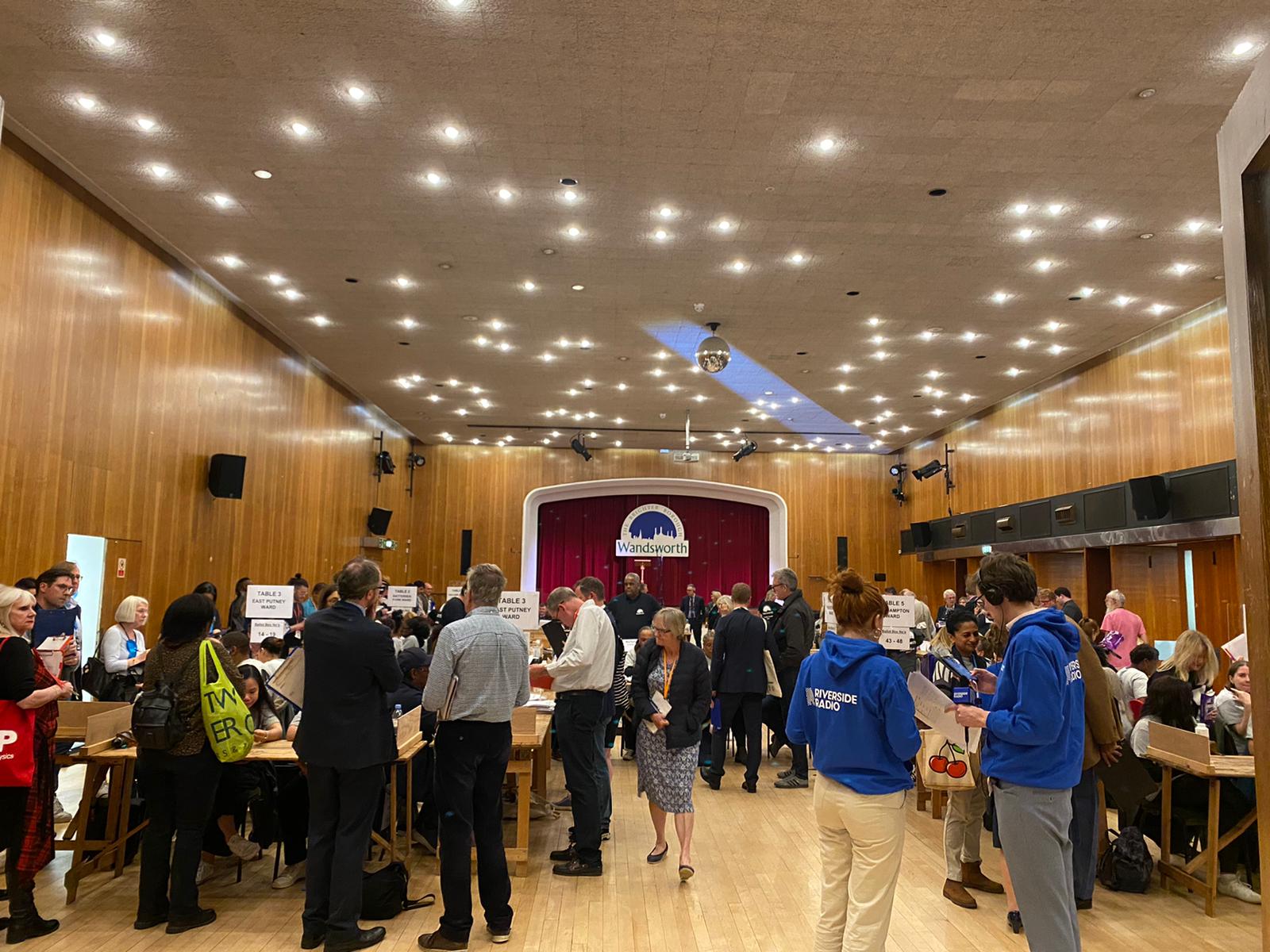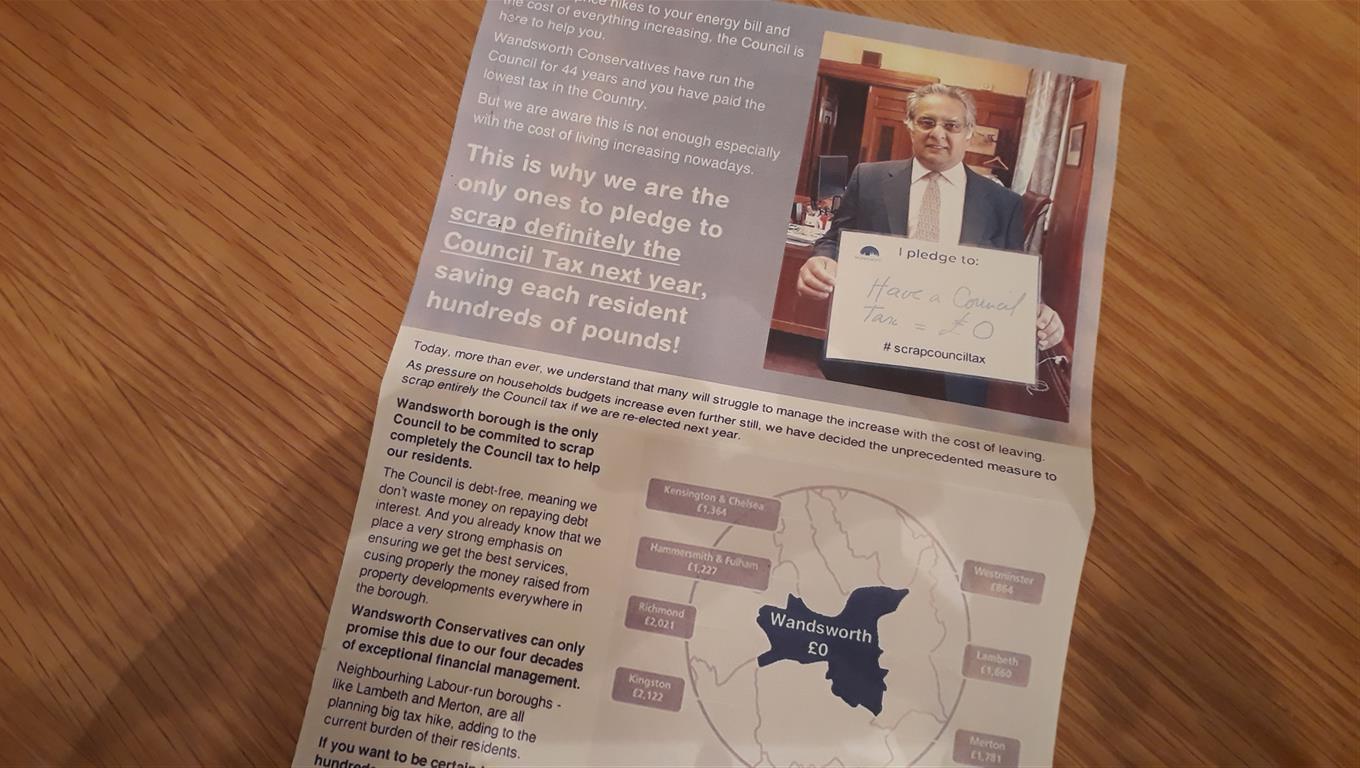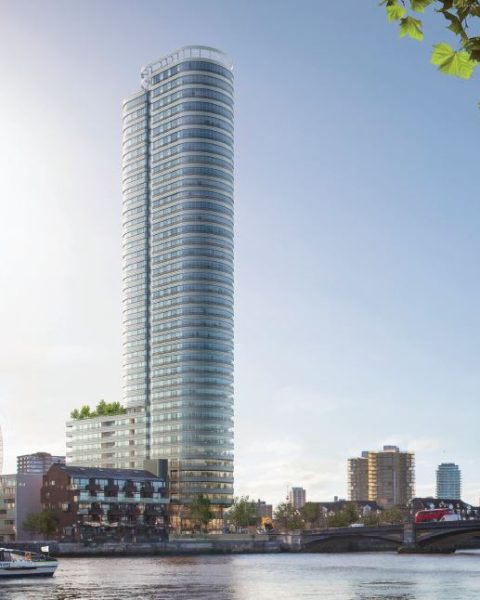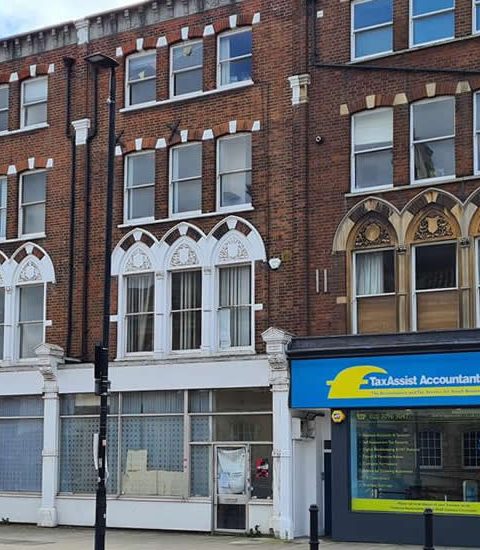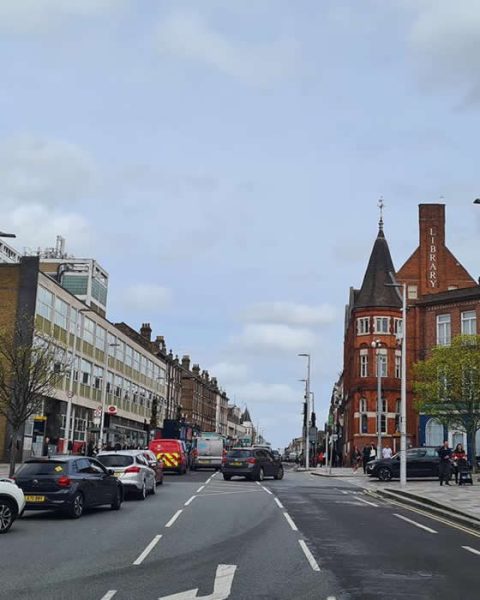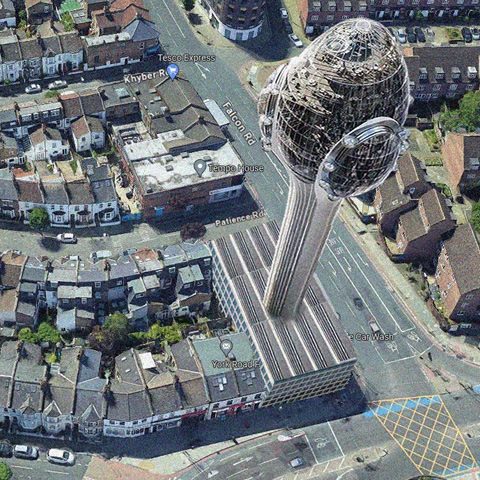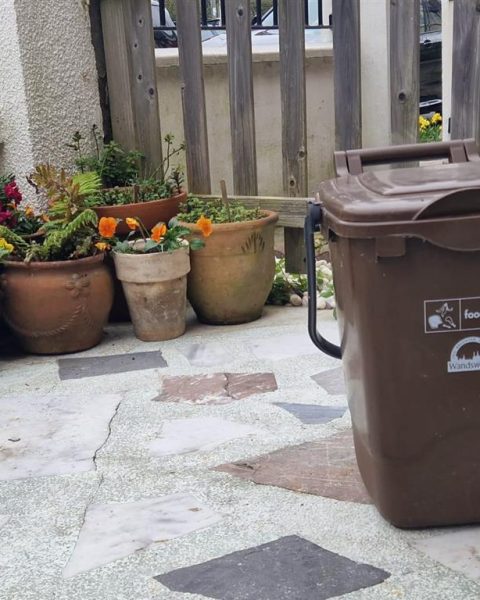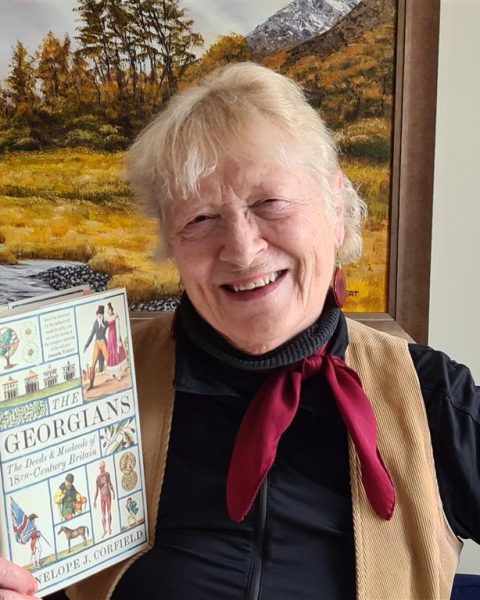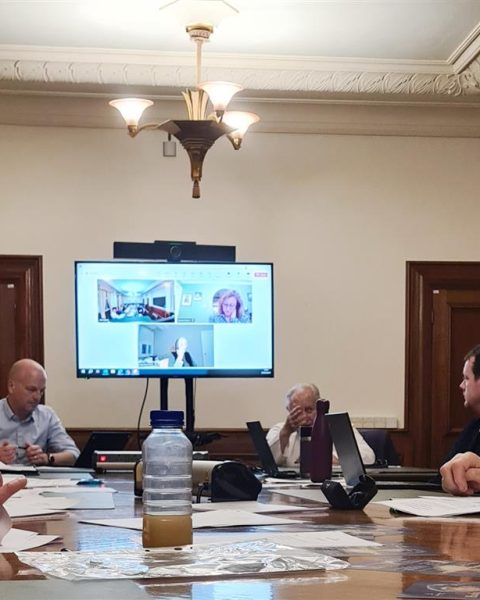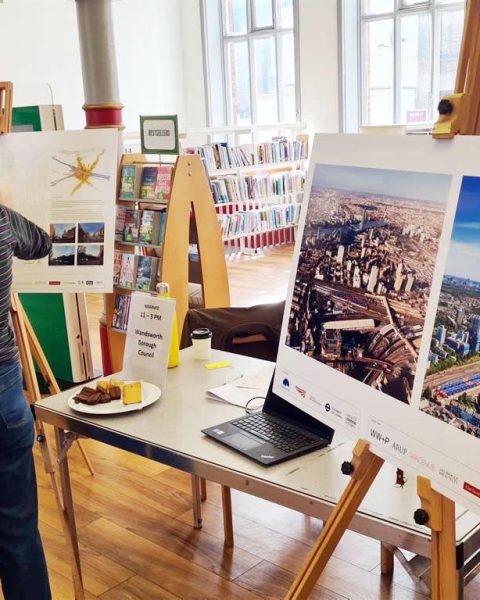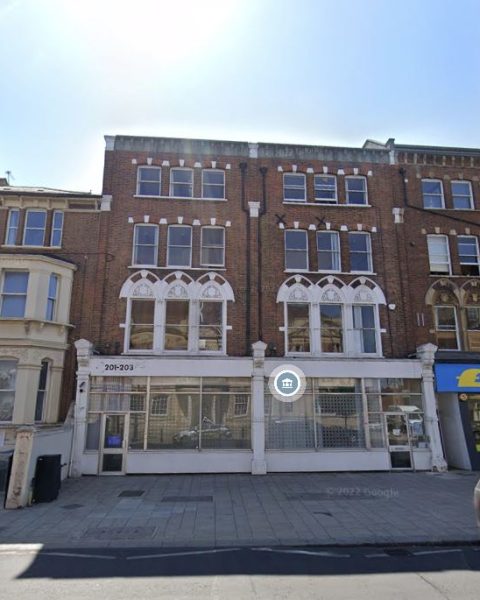The Boundary Commissioners are just about to make decisions about the ward boundaries in Battersea. One thing we know is that all, or almost all, wards will change as a result of their first rather curious recommendation (decision?) to go from having 60 councillors (currently 3 in each of 20 wards in the Borough) to 58. If they were to stick with an equal number of representation for each ward, that would mean 2 councillors in 29 wards.
We have decided to submit a contribution, reinforcing our interest and commitment for the area.
You can download our submission HERE. Most of the content is copied below.
Preamble: The recommendation to reduce the size for the Council from 60 to 58 councillors
The LGBCE website states that “The Commission is minded to recommend that Wandsworth Council should have 58 councillors in the future. This is 2 fewer than the current number of councillors.”
As the verb “recommend” suggests that “someone or something would be good or suitable” and does not imply that it is already acted upon, we would like, in preamble, to dispute the need to reduce the number of councillors for Wandsworth.
The estimated population for Wandsworth in 2025 will be 357,242 [Source: GLA, Housing led population projections Dec 2018] with an electorate of 227,138. If we apply the same percentage to the electorate, it would be an increase from 227,138 to 250,079. The Council’s submission itself projects this electorate to grow by 21,437, an increase of 9.4% by 2025, i.e. 248,575. Both figures would produce a ratio of about 4,150 electors per councillor, or nearly 6,000 residents. When comparing current average electorate per councillors in Wandsworth against similar boroughs in London, we note Wandsworth is only surpassed by Tower Hamlets and on average a councillor in Wandsworth represents 24% more electorate than in the comparable boroughs.
The London Borough of Wandsworth has the largest electorate in Inner London. With the scale and number of projects recently constructed, already approved, with applications in or planned, there is no doubt that it will even exceed this in 2025 and beyond.
In order to ensure a proper representation of the population, it is reasonable (and logical) to expect an increase in the number of councillors or at least a status-quo in number. A reduction in the number of councillors could undermine the democratic process (the pressure is already there as many decisions are delegated to council officers) and would be in line with the ideology developed by those parties favouring smaller governments and less intervention to support the population. As the Local Government Boundary Commission for England claims to be independent (and therefore not led by ideology) we are alarmed that its recommendation matches exactly the number suggested by the Conservative Councillors group.
Last but not least we would like to emphasise that by choosing 58 as the number of councillors, it might mean that either one ward will be with 1 councillor only, or two or more wards with 2 councillors each only and the rest with 3, or all wards will change and we will have no longer 20 wards but 29 with 2 councillors in each of them for instance. If the first 2 options are chosen, it means that some wards will carry less weigh than others during decision debate as it is currently conducted in Wandsworth, which also undermines democracy.
Boundary reviews: we support the layout submitted by the Labour Group
We have read carefully the submission from the Wandsworth Labour Group regarding the proposed new ward map [DOWNLOAD HERE].
We believe the explanations given for the new boundary proposal are very elaborate, extensive and impressive. We welcome the fact that attention has been paid to using existing landmarks (railway lines, main roads, green open space, river) to set the boundaries as some of the existing boundaries are less than obvious. Focusing on the Clapham Junction area, all comments regarding the Nine Elms area being treated separately because of the new fast growth of residents make sense, as do those on part of York Road and the Winstanley & York Road estates.
We endorse the representation with its justification.
Specific comments regarding the York Road area
Notwithstanding the support expressed in the previous paragraph, we would like to highlight the special care that should be taken in assessing the area of Clapham Junction, especially between the junction and the new focal point in the Lombard Road area of Battersea.
First of all, we question the accuracy of the GLA estimates for the projected population for St Mary’s Park ward (pop. curr. 19,006 | proj. 2030 22,179 = +3172) and Latchmere ward (pop. curr. 15,563 | proj. 2030 17,202 = +1639). CJAG is keeping a record of major constructions in the York Rd area only: Without even considering the Winstanley&York ongoing regeneration project, we have already an additional 1167 units planned, and more than 4,000 units when the regeneration project is completed. Therefore, we could have an increase of much more than 7500 electors for this area only!
Therefore, although we support the new layout presented by the Labour group for Battersea Reach and Wandsworth Town, some area on the north part of Battersea Reach could be adjoined to the Battersea Park ward (but then the Battersea Park ward might require more councillors).
Mossbury Road and the station along St John’s Hill
We appreciate that for areas such as Clapham Junction or Balham, where previous town centres were divided into different wards, specific efforts should be made to locate the town centre in a single ward, such as Balham Hill for Balham.
However, Mossbury Road (a very small residential road between Falcon Road and Lavender Hill) is actually a specific encroachment with terrace properties similar to Eccles Road and Lavender Sweep. Between 1868 and 1896, Clapham Junction transformed from mostly fields to a densely populated area with rows of similar Victoria terrace houses by developer Alfred Heaver.
This change won’t greatly affect much the number of electors for the area as the main resident area is Mossbury Road (with about 50 houses) with a some residential flats above shops on the Lavender Hill side of the street, and the rest is made of retail and offices.
- You can have your say HERE.
Review timetable:
- 28/05/19 – 05/08/19: Consultation on new boundaries
- 29/10/19 – 13/01/20: Consultation on draft recommendations
- 31/03/20: Final recommendations published
UPDATE: 12/01/2020
The Boundaries Commission has taken on our proposals for the proposed new Lavender ward – CJAG is mentioned several times in their report.
Their report specifically says [p13]:
“We received one submission from the Clapham Junction Action Group stating the similarity between the properties on Mossbury Road and the properties on the other side of Lavender Hill, including Eccles Road and Lavender Sweep. It should be noted that the Conservative Group’s proposed boundary would run behind Parma Crescent and consequently split Eccles Road into a different ward from Mossbury Road and Lavender Sweep. […]
The Commission is adopting the Labour Group’s proposed Shaftesbury & Queenstown ward, with one minor amendment to the west, moving the boundary further east and excluding the housing on Mossbury Road in light of the information from the Clapham Junction Action Group. We consider this proposal to offer the best balance of our statutory criteria and it is forecast to have good electoral equality by 2025. […] As previously discussed, the north-western boundary will go around the houses on Mossbury Road, reflecting the submission we received from the Clapham Junction Action Group.”


